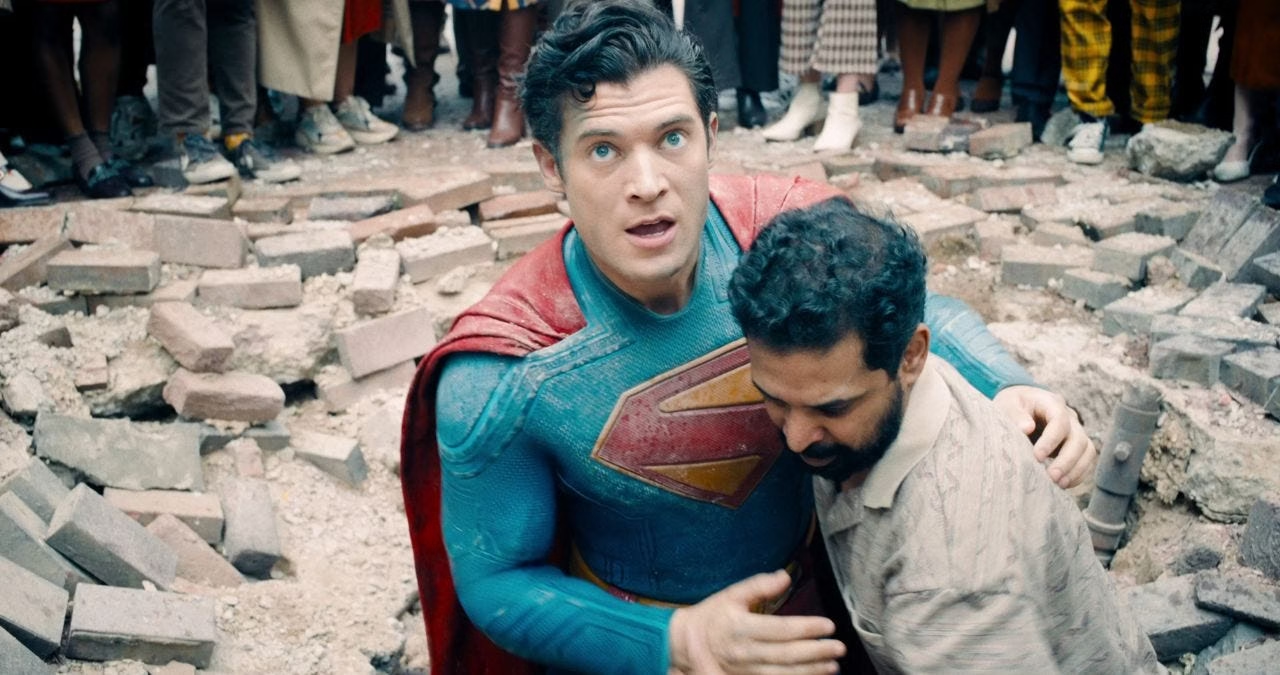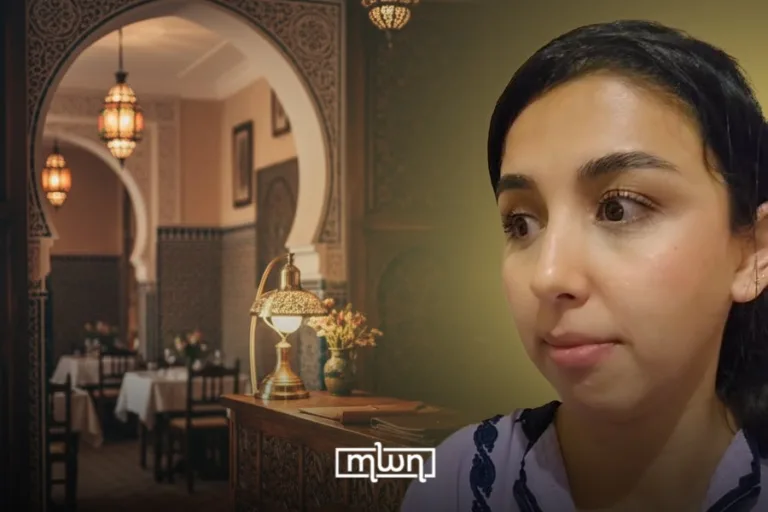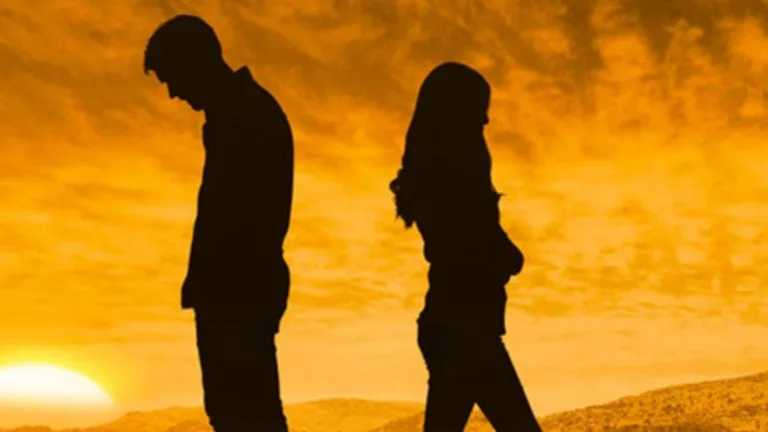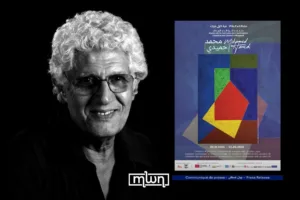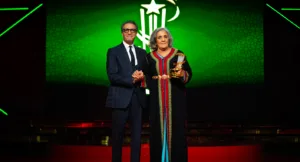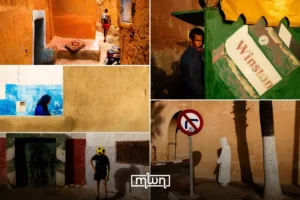Rabat — Released on July 11, the new Superman marks the start of a new era for the DC Universe under director James Gunn.
The film follows Clark Kent as he navigates a divided world, caught between power, politics, and his own values.
Superman is drawn into a war between two fictional nations: Boravia and Jarhanpur. Boravia is a well-funded military power, while Jarhanpur struggles with limited resources.
Surprisingly, in our real digital world, many viewers quickly saw the resemblance to the ongoing genocide in Gaza.
Social media posts describe Boravia as a stand-in for Israel and Jarhanpur for Palestine.Audiences point to how Boravia’s attacks, political leadership, and use of force mirror real-world events. In contrast, Jarhanpur’s people are shown resisting with dignity, pride, and homemade tools.
One key image shows civilians waving a handmade Superman flag while facing armed soldiers, something many say reflects actual protest scenes from Palestine.
“Superman’ is the story of America,” explained James Gunn, DC’s co-CEO. “An immigrant that came from other places and populated the country.”
“For me, the center of it was about kindness in a world that isn’t kind.” But that hasn’t stopped the public from reading between the lines.
The film also explores the media’s role through Lex Luthor’s propaganda and Superman’s growing conflict with global powers.
Even the Justice League’s supporting heroes step in when Superman is held back, highlighting themes of collective resistance.
Six days after its release, the film continues to trend online. For many, the movie offers a subtle but powerful reflection of justice, identity, and the cost of choosing sides, even in a fictional world.

